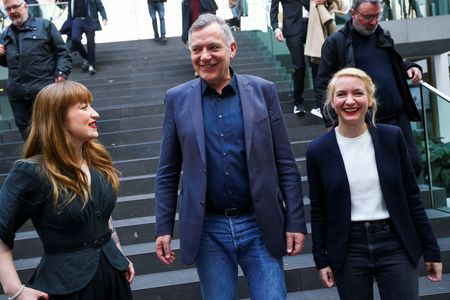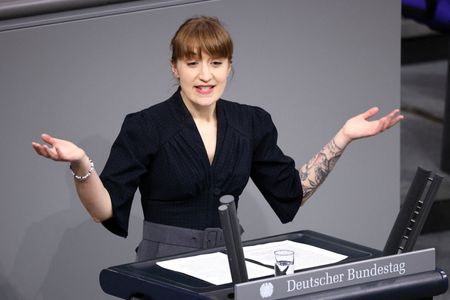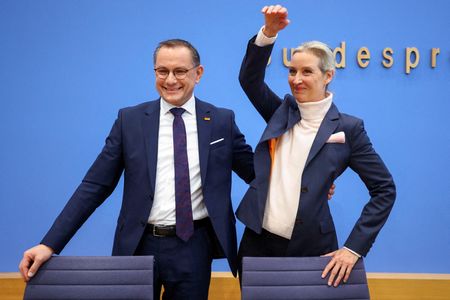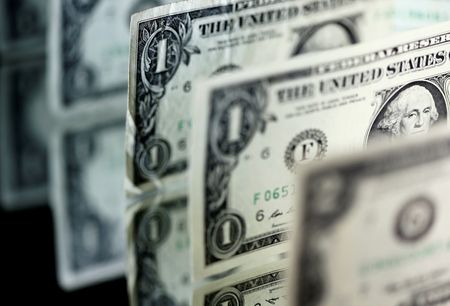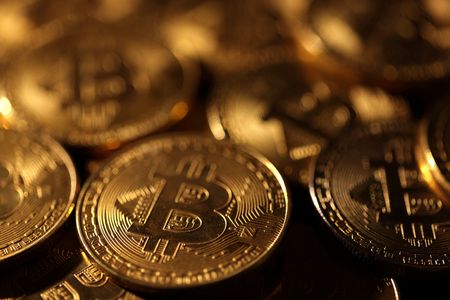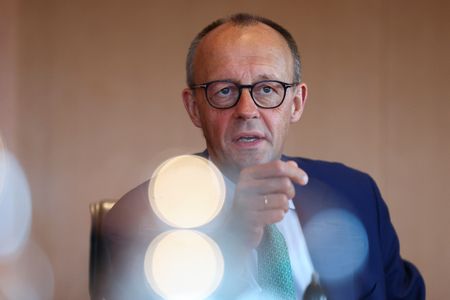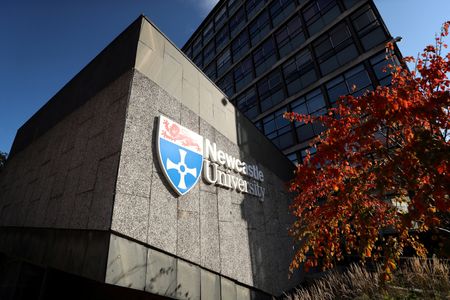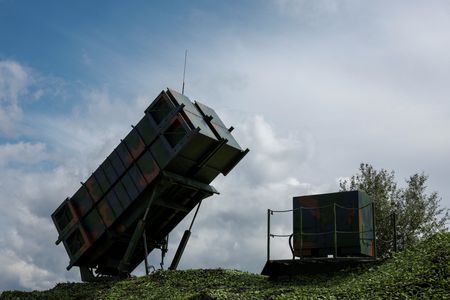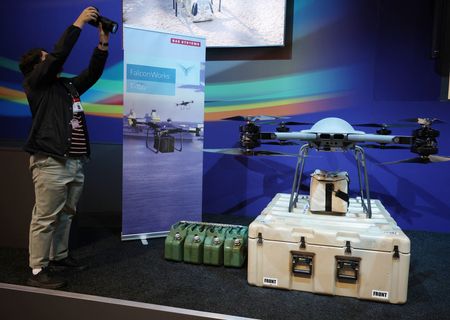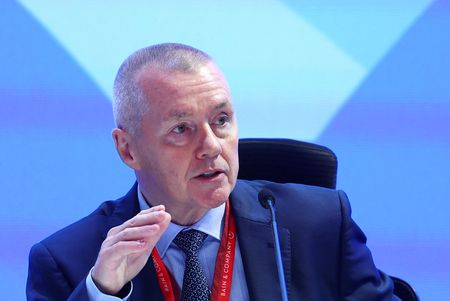By Riham Alkousaa
BERLIN (Reuters) – Omar Alkadamani, a Syrian-born, naturalised German citizen, used to support Germany’s centre-left Social Democrats. Unsettled by its increasingly tough stance on migration, however, he cast his vote on Sunday for the far-left Left Party.
The successor to East Germany’s Communist Party on Sunday scored 8.8% in Germany’s federal election, its best result in years, despite a split led by former leader Sahra Wagenknecht, who launched her own BSW party last year.
Its resurgence, as well as a historic result for the far-right Alternative for Germany (AfD) at 20.8%, demonstrates growing support for the extremes as the outlook for Europe’s largest economy darkens and the arrival of millions of migrants polarises society.
This in turn is complicating building a government and even governance in a country once considered a bastion of stability. The AfD and Left Party together now have the potential to block changes to Germany’s constitution, including reforms to debt rules many economists deem essential.
“We are witnessing a strengthening of the political fringes. At the same time, the decline of the major parties continues,” said Benjamin Hoehne, a political science professor at the Technical University Chemnitz.
Up until reunification in 1990, both of Germany’s main centrist parties, the conservatives and the SPD, tended to achieve around 40% of the vote each, making it easy for them to form majority government coalitions either together or with the pro-market Free Democrats (FDP).
The arrival of the Left Party and the growth of the Greens started nibbling at support for the SPD. The emergence of the 12-year-old AfD has in turn weakened the conservatives, while the populist BSW has further fragmented the vote.
In total, the CDU and SPD achieved just 44.9% of the vote on Sunday compared to 49.8% in the last election and 81.3% in 1987. Including the Greens and FDP, the share of the four mainstream parties has dropped to 60.8% from 98.7% in 1987.
All the more radical parties – the anti-NATO and Russia-friendly Left Party, BSW and AfD – are doing better in former Communist eastern Germany where political allegiances are more fickle and incomes and trust in democratic institutions are lower.
Savvy at social media and tapping into worries about the future, they are also doing better among young voters.
“A lot of people see themselves going into a fierce political battle and they feel that they must act now,” said Alkadamani, 20, who lives in the east German city of Leipzig.
The Left Party, which promised rent caps, tax-free food, and more support for low-income households funded by the wealthy, was the most popular among Germans under 30, particularly women, scoring 24% of the votes, with the AfD closely behind at 21%.
“In the past, the Left was very much a clientele party. Now it has also become a party of the younger generation,” Hermann Binkert, head of the German Institute for New Social Answers (INSA).
GROWING POLARISATION OF POLITICAL LANDSCAPE
Until December, The Left Party was at 3% in the polls, casting doubt on whether it would make the 5% threshold to make it into parliament.
A fiery speech, however, by its leader condemning the conservatives for using far-right backing to push through an anti-migration motion went viral on TikTok, pushing its membership figures to a record.
The rising importance of social media, whose algorithms reward provocative statements, is contributing to the rise of fringe parties, say analysts.
“The Left Party was mostly excluded from the big TV debates – another sign that the influence of the old media is waning – and the elections are won and lost on social media,” the Eurointelligence think tank wrote in a research note.
The Greens and SPD also criticised the conservatives’ possible cooperation with the far-right but less forcefully.
According to an Infratest poll published by the Tageschau broadcaster, the Left has attracted 550,000 and 540,000 votes from the SPD and Greens respectively.
Sarah-Lee Heinrich, 23, a former spokesperson for the Green Youth, said she was disappointed with the party’s shift rightwards. In this election, she ran as a candidate for the Left.
POLARISATION COMPLICATING GOVERNABILITY
The weakness of mainstream parties in Sunday’s election as well as their refusal to work with the AfD has left only one viable coalition scenario: a so-called grand coalition of the two former big-tent parties, the SPD and conservatives.
If those negotiations fail, Germany could be facing a minority government or even new elections.
Left Party leaders expressed surprise on Monday to have ended up in such a position of power, making clear they would condition any support for a relaxing of borrowing rules, possibly on increased social spending.
Alkadamani travelled to Berlin on Sunday to join celebrations in the working-class, migrant-heavy neighbourhood of Neukoeln, where the party more than doubled its 2021 vote share, securing 29.9% and finishing in first place.
“I am still an SPD member,” he said. “But this was a protest vote.”
(Reporting by Riham Alkousaa; Editing by Sarah Marsh and Sharon Singleton)

